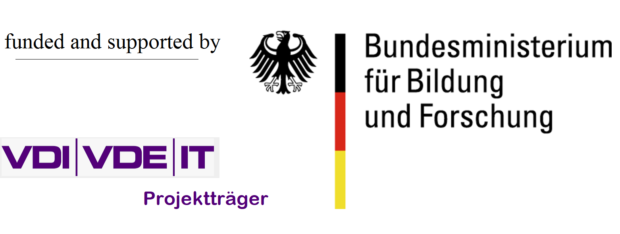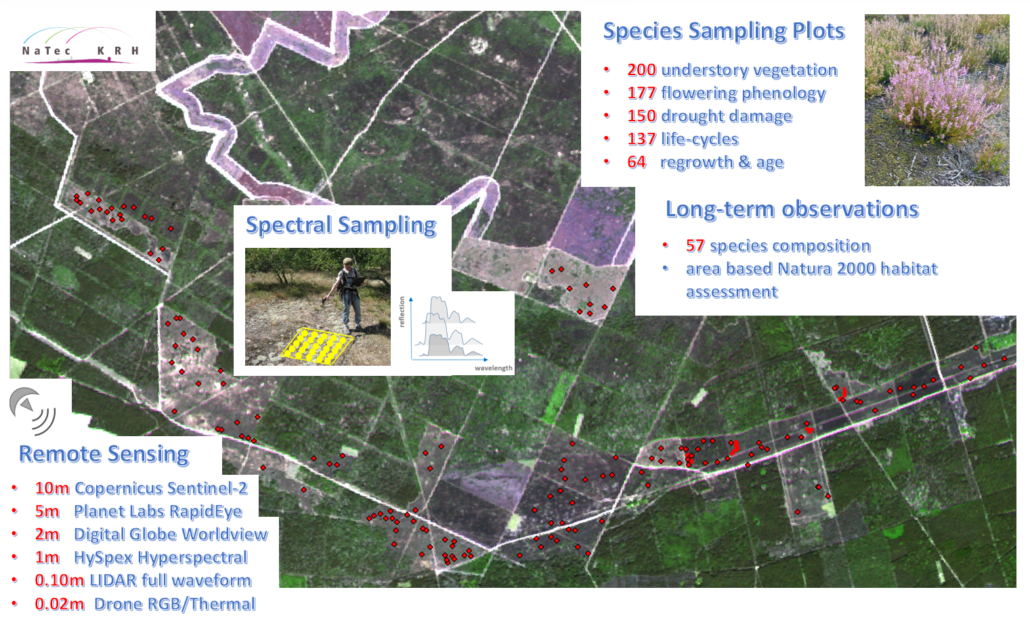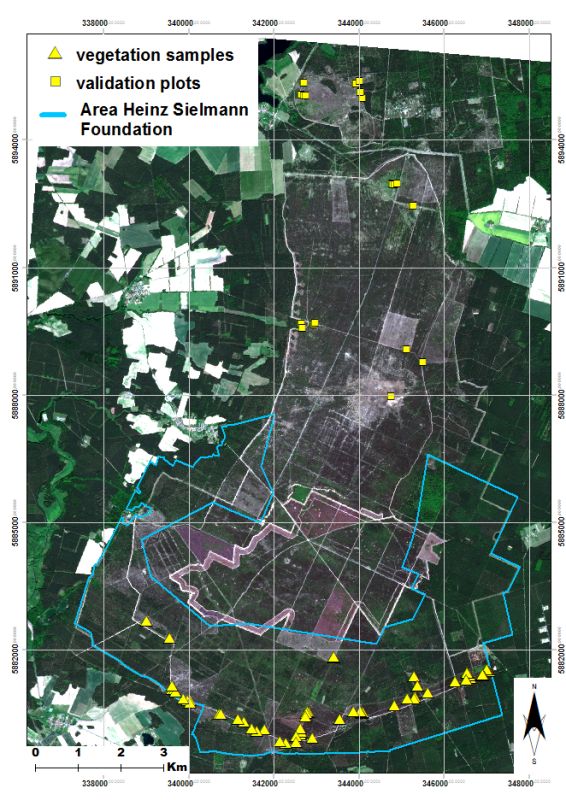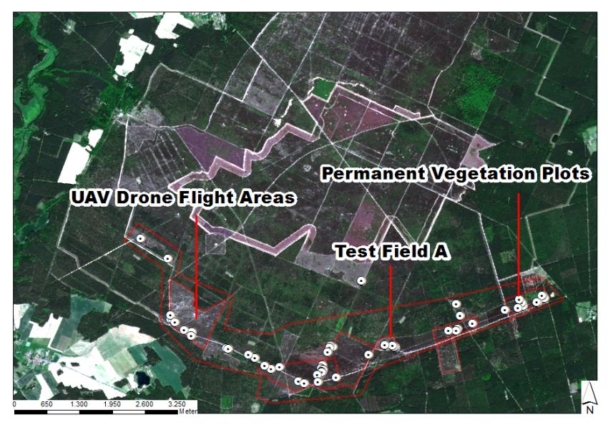

Data Collection
Study design and habitat parameters in the vegetation periods 2017/2018
Along with remote sensing digital imagery data, a comprehensive sampling design for in situ species and habitat surveys was designed for the project. This involves determining plant species and structural parameters such as woody cover, scrub encroachment, and plant height and age from the ground. Parallel, areas were identified to be studied using various remote sensing sensors.
Permanent monitoring plots representing different habitat types were established across the foundations area. A total of 57 permanent observation plots (two x two meters) and 57 small-scale single parameter plots (30 x 30 cm) were sampled. Additional validation plots were also identified in the wider Kyritz-Ruppiner Heide area, particularly for the habitats of sandy dry grasslands, pioneer grasslands and wet meadows.
For these, information on the species inventory (vascular plants, lichens, mosses and grasses), litter and soil cover as well as senescence and phenology parameters were already available at the beginning of the project. Spectroscopic surveys are conducted throughout the year to characterize phenology, vigor and variable emergence. Field and aerial data are stored in databases and used to calibrate predictive models based on remote sensing imagery.
Test plots for remote sensing data collection have been selected through multiple field surveys and by considering the coverage of as many habitat types as possible. Repeated drone flights take place throughout the project. Simple RGB cameras are used at a height of 30 to 100 meters, but also multispectral and thermal systems. Furthermore, hyperspectral overflights were realized for the entire area in order to be able to map the condition of the heather in up to 350 spectral wavelengths from an altitude of 1.000 meters. In both cases, a close cooperation with the FU Berlin was developed.
During the vegetation periods, measurements were made on the ground with a field spectrometer, which were stored as a reference database. To complete the database, a large number of multispectral satellite data sets were acquired for the entire Kyritz-Ruppiner Heide area. The extensive image database includes several time slices of e. g. Worldview-2, Sentinel-2 and Rapid Eye images.
text by Dr. Carsten Neumann, images by Sebastian Hennigs





